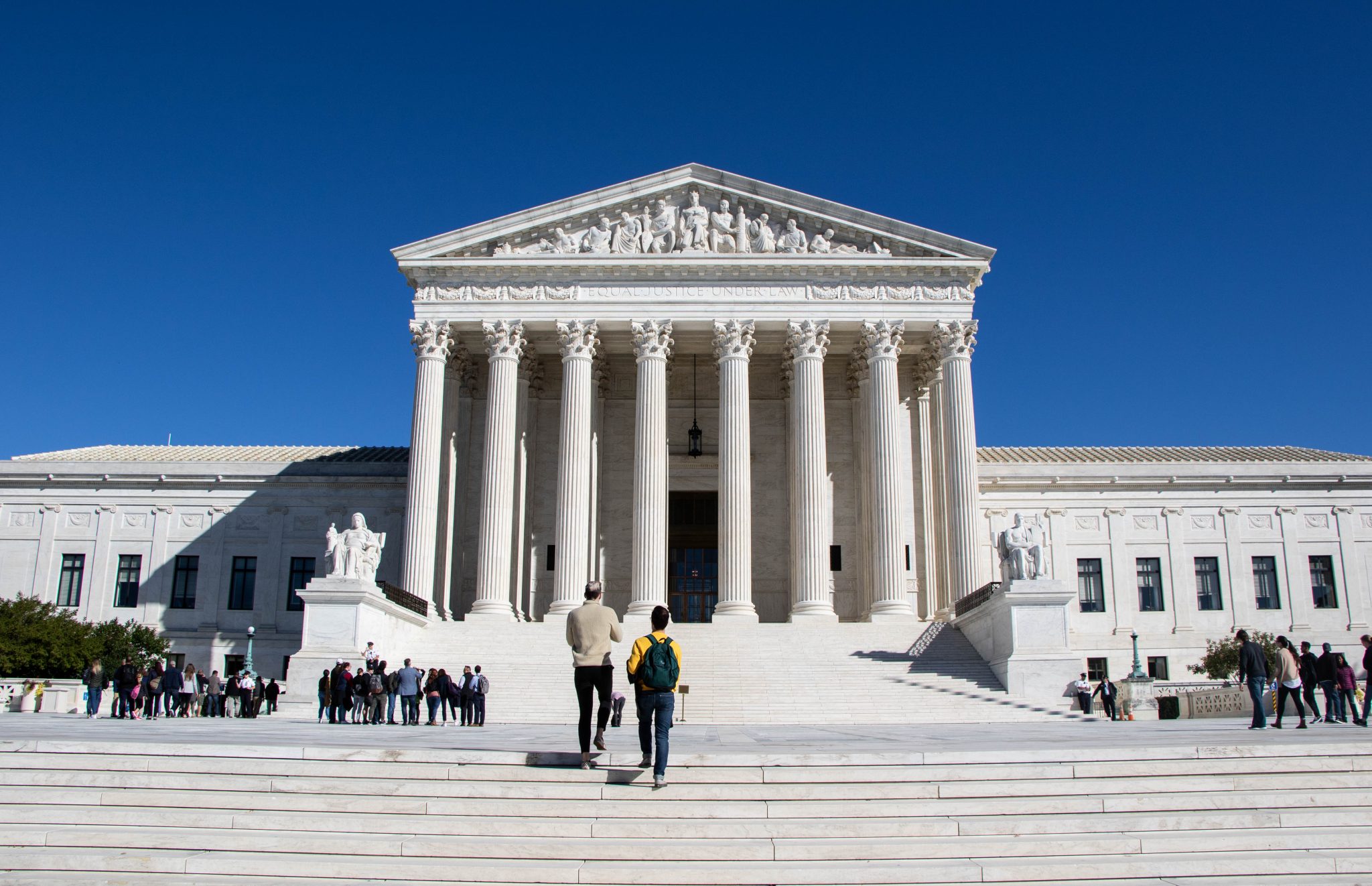Views expressed in opinion columns are the author’s own.
Like many others, I had believed that affirmative action was settled law.
More than 40 years ago, the Supreme Court ruled in Regents of the University of California v. Bakke that admissions committees could consider race as one of many factors in the college admissions process. More decisions followed, like Grutter v. Bollinger and Fisher v. University of Texas. Attempts at procuring diversity were considered constitutional and compelling government interests.
Affirmative action, the courts said, was a good thing.
The benefits flowed from there. The diversity rationale became a core value for universities across the country. Minority enrollment increased, while in states that barred the use of affirmative action — like California and Michigan — they plummeted. Affirmative action worked the way it was supposed to.
But in June, the court took a hammer to almost half a century’s worth of judicial precedent when it severely curtailed affirmative action policies. And unfortunately, Students for Fair Admissions v. Harvard was only the first case on the docket.
In August, a group of parents filed a petition asking the court to consider the revamped admissions at Thomas Jefferson High School for Science and Technology —a nationally-ranked high school in Virginia — alleging it discriminates against Asian Americans.
The new admissions process has been a subject of both local and national scrutiny since 2020. The school dropped a $100 application fee and an admission test, and allocated a small portion of offers to students attending public middle schools. These changes saw a marked increase in enrollment of Black and Latino students, while Asian American admissions rates dropped.
Granting certiorari for this case, much like the Harvard case, has the potential to roll back years of pro-diversity progress and cement a white-centric vision of education, and therefore, society.
A federal appeals court already issued a ruling on the case in May, and held the Thomas Jefferson admissions process was constitutional. In the majority opinion, the judges wrote the admissions process did not disparately impact Asian American applicants.
The opinion also noted the severe underrepresentation of Black students at Thomas Jefferson High School — as the number of admitted Black students in the class of 2024 was “too small for reporting.”
This is a ruling that follows many years of affirmative action precedent, analyzes the challenged policy effectively and shows that there was no evidence of discriminatory intent. It would therefore make little sense for the court to take this case and reverse good law.
But if the Supreme Court does hear the case, the ramifications would compound its June decision. Colleges and universities are already scrambling to deal with the end of race-conscious admissions. Students are anticipating less diverse campuses. Employers are changing strategies to figure out how to maintain diversity with less diverse graduating classes.
All of those changes would stretch even further to the K-12 world. Since Thomas Jefferson is a magnet program, a conservative ruling in their case would pave the way for elite high schools to ignore qualified Black and Latino students and maintain a white status quo. It would make elite schools less diverse than they already are, which would decrease the number of minority enrollees at universities.
It’s important to view these challenges to admissions policies as steps in a larger campaign to make our society more white.
Groups like Students for Fair Admissions — whose lawsuit led to the landmark Supreme Court ruling in June — are conservative above all else. They align themselves with Asian Americans because they view that demographic as the path to victory. Edward Blum, the founder of Students for Fair Admissions, was behind the litigation in Fisher v. University of Texas, which he lost with white plaintiff Abigail Fisher. After failing, he claimed he “needed Asian plaintiffs.”
Asian Americans have since been unfairly weaponized as a wedge, pitted against other minority groups and leaving white Americans unscathed. This same phenomenon is occurring in the Thomas Jefferson case.
Ending affirmative action was never about helping Asian Americans, or making ours a race-blind society. It’s impossible to completely divorce race from the other aspects of our complex world, and ignoring it entirely is no remedy for racism. In fact, it worsens the issue.
Allowing the coalition to make their argument in the nation’s highest court would have disastrous effects on K-12 education and society as a whole. After playing God in the death of affirmative action, this court can’t make that same mistake again.
CORRECTION: A previous version of this story misstated Thomas Jefferson High School’s admissions policy. Its admissions policy does not take applicants’ race into account. This story has been updated.
Tara Davoodi is a sophomore government and politics major. She can be reached at tdavoodi@terpmail.umd.edu.



